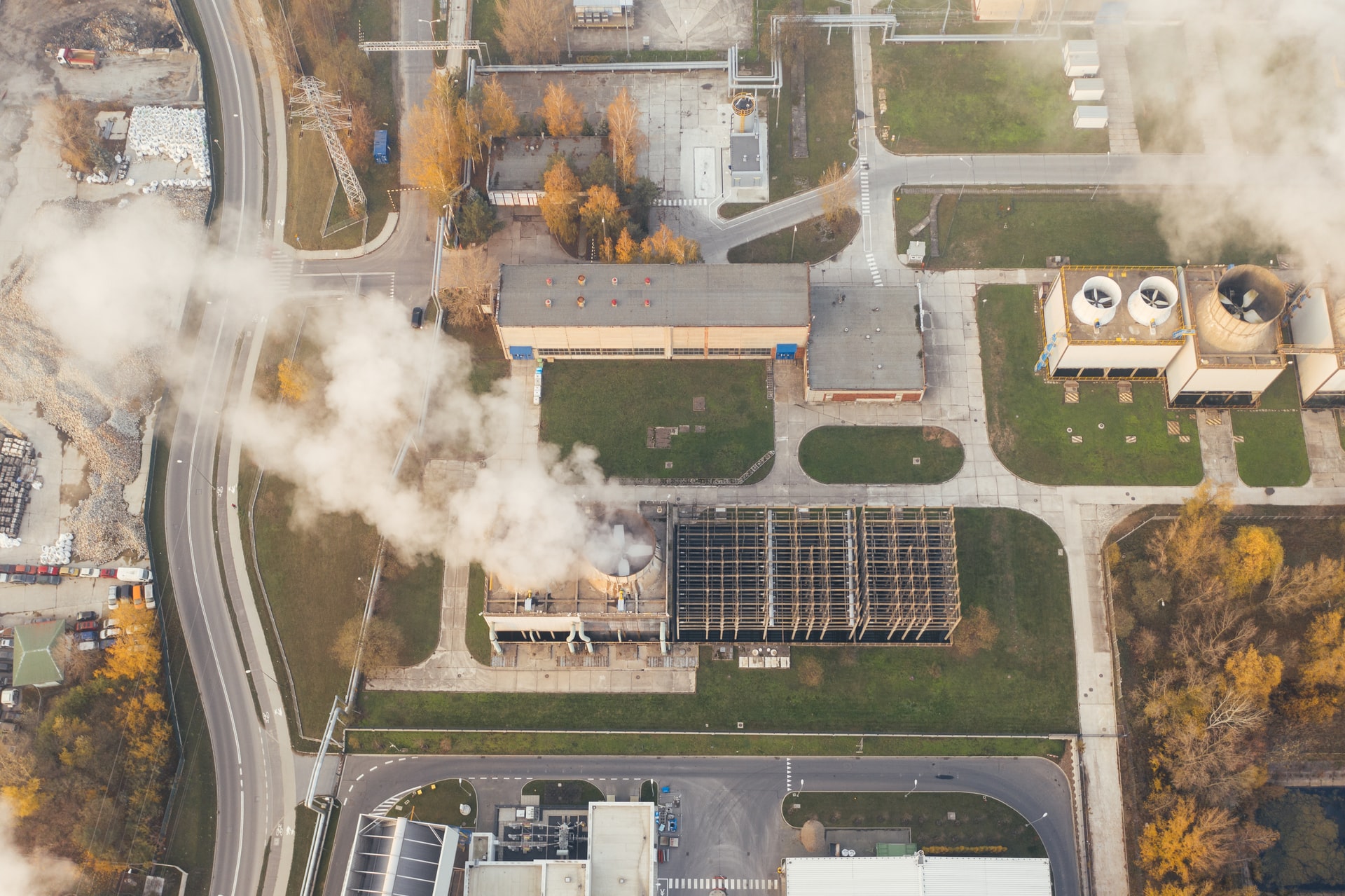How the economy can solve climate change

Is it possible that cold hard cash could be the solution to our environmental problems? More specifically, could it help speed the transition to greener and cleaner energy solutions? While many environmental solutions come about through community involvement, technology, Indigenous knowledge, and above all, teamwork, certain environmental problems just might need a different approach.
The benefits of carbon pricing
So, how can money discourage the use of carbon dioxide-emitting fossil fuels? By simply putting a price on carbon emissions! Carbon pricing is a promising approach to reducing carbon emissions that contribute to climate change and environmental destruction. Put simply, this approach passes the cost of emitting on to emitters.
Instead of paying only for the resource and the cost of extraction, which is heavily subsidized, carbon pricing ensures that consumers are paying for the external costs of carbon emissions as well. These external costs include both the direct and indirect effects of carbon emissions. For example, increased greenhouse gases in the atmosphere, damage to agricultural crops, human health deterioration and associated healthcare costs, and infrastructure damage due to increased natural disasters.

With increased carbon prices, those industries, businesses and people who use more carbon, will be responsible for paying the cost. What’s more is that the increased costs will likely convince polluters to switch to a greener mode of transportation. Just like carbon emitting automobiles are sustainable for the planet, paying the high cost of polluting isn’t sustainable for most people’s wallets.
And of course, the money gained from increasing the cost of carbon will be used to stimulate clean technology and market innovation, therefore making green energy sources like solar and wind power more widely available, and affordable.

So, where exactly did this carbon pricing idea come from?
The Polluter Pays Principle has been a dominant concept in environmental law around the world. In Canada, the Canadian Environmental Protection Act, 1999 (CEPA 1999) lists several guiding principles, one of which being the Polluter Pays Principle which states that users and producers of pollutants and wastes should bear the responsibility for their actions.
In addition, the Polluter Pays Principle may also be used to compensate communities and individuals that have suffered the consequences of pollution.
You might be wondering where and when the Polluter Pays Principle has been applied. For one, it is often applied in the form of taxes or add-on costs. For example, many grocery stores will charge you an extra ten cents when you use a plastic or paper bag instead of a reusable one.

Of course, some applications of the Polluter Pays Principle are much larger. Take the Exxon Valdez oil spill, for example.
The Exxon Valdez oil spill occurred in Alaska on March 24, 1989, when Exxon Valdez, an oil tanker owned by Exxon Shipping Company, struck Prince William Sound’s Bligh Reef. The result of this collision was 10.8 million U.S. gallons of crude oil being spilled over multiple days.
This oil spill is considered the worst oil spill in the world in terms of the environmental damage it caused. While of course no amount of money can take back the horrific environmental damage this oil spill caused, someone had to be responsible for funding the environmental clean up efforts and taking accountability for the disaster.
Exxon had to pay $900 million in civil claims, $125 million for criminal charges relating to the disaster, as well as over $2 billion in cleanup costs, but of course, these payments were slow in coming as it was held up for decades in court by Exxon.

How will carbon pricing be applied?
In general, there are two main ways in which carbon pricing will occur: emissions trading systems (ETS) and carbon taxes.
An emissions trading system, often referred to as a cap-and-trade system, is a way of putting a limit on the amount of greenhouse gas emissions while still allowing polluters some flexibility. Basically, the rights to emit (in the form of carbon permits or some other form of allowances) can be traded between polluters. For example, a company that has low carbon emissions may be able to sell their leftover permits to higher emitters.
This creates incentives for companies to reduce their emissions, as they are able to make a profit, by selling their emission credits to a company that is slower to lower its emissions, while still incentivizing reductions overall.

Under the cap and trade system, emission reductions are guaranteed thanks to the cap, while the price for emitting fluctuates within the marketplace.
A carbon tax places a direct price on carbon emissions. This means that all emitters are responsible for paying for every ton of carbon pollution emitted. So, a carbon tax essentially means higher gas prices, which from an emissions reduction perspective is a great thing, and industry tends to like to see known regulations applied across industries to make for a level playing field.
This creates a financial incentive to decrease or cease polluting activity entirely. While this method of carbon pricing ensures that the cost of carbon emissions will increase, there is less certainty regarding total emissions due to the fact that we aren’t able to tell exactly how many people will decrease their emissions and by how much.
Now, don’t get me wrong, there are plenty of associated issues to address like ensuring that the most vulnerable segment of the population are not harmed by the price on carbon. But shifting subsidies away from the oil and gas industry towards providing financial relief to the low income population is one way to achieve this goal more equitably.
And, inevitably as we transition away from carbon based fuels entire industries will have to evolve. But, we no longer have horse and buggy industries as they gave way to gas powered cars, and now we need to transition again. Putting thought and resources into retraining and developing new clean energy sectors is a very worthwhile goal that can put the carbon pricing revenues to very good use.

I know, this is just a superficial overview, but it is an interesting topic to consider...how the economy can work to help solve climate change!
Stay connected with news and updates!
Join my mailing list to receive the latest news and updates. Your information will not be shared.

